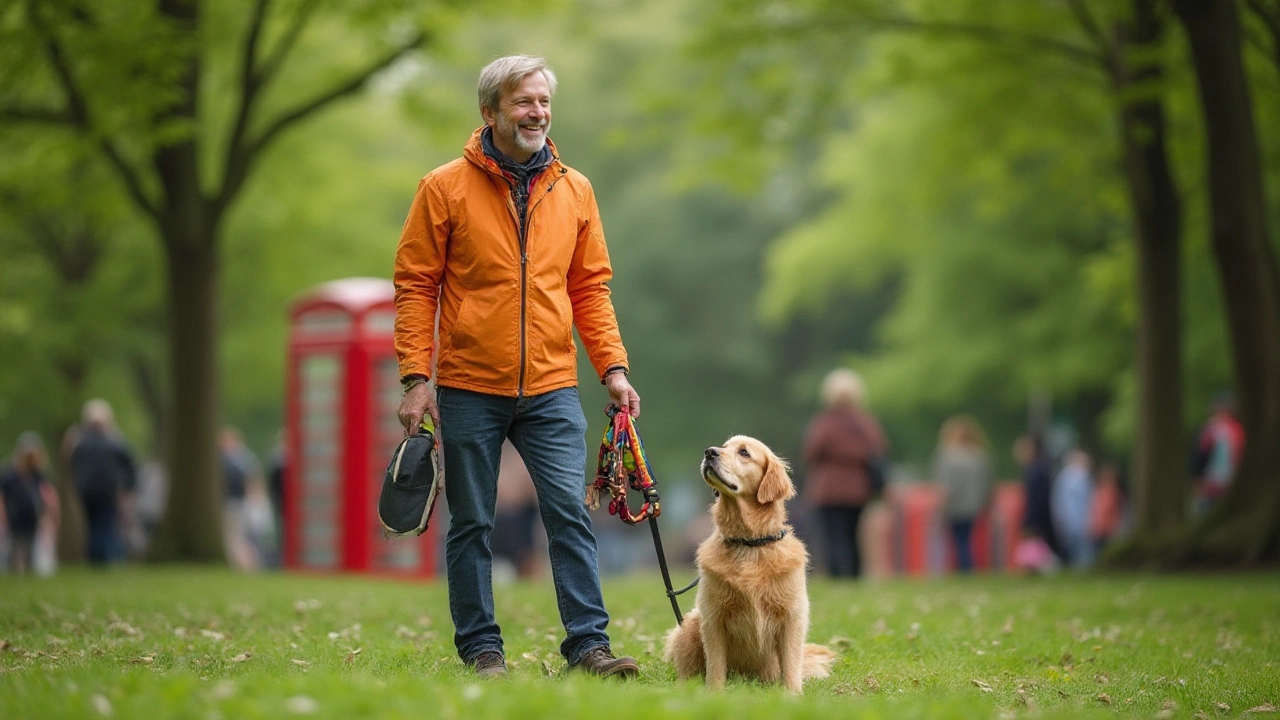Dog Walking Safety: Simple Steps to Keep Your Pup Protected
Going for a walk should be fun for you and your dog, but a few common slip‑ups can turn a happy stroll into a risky situation. Below are straight‑forward tips you can start using today to make every walk safer. No fancy gear, just practical advice you can apply right now.
Leash and Collar Choices
First things first: the right leash and collar make a world of difference. A sturdy, 4‑foot nylon or leather leash gives you control without being too heavy. If your dog pulls a lot, a short leash (under 3 feet) lets you keep them close when you need to react quickly.
Collars are fine for most dogs, but a well‑fitted harness is safer for breeds that tend to choke on a tight collar. Look for a front‑clip harness – it redirects pulling and gives you better steering. Always double‑check the fit: you should be able to slip two fingers between the strap and your dog’s chest.
Don’t forget a breakaway tag for indoor use if your dog loves to wiggle out of gear. Inside the house you can let the collar go, but outdoors keep it on to protect against sudden encounters with cars or other dogs.
Dealing with Traffic and Distractions
When you’re near a road, keep your dog on the side opposite traffic. This way you can see cars coming and the dog can hear them. Use a short leash and stay alert—headphones at low volume or none at all work best.
Teach a “watch me” cue so you can get your dog’s attention before a car passes. A simple “look” paired with a treat reinforces the behavior in just a few minutes a day.
Urban walks often bring lots of smells and noises that can spook a dog. If your pup starts pulling toward a loud truck or a squirrel, stop, give a calm “heel” command, and reward them for staying close. Consistency turns a frantic chase into a controlled walk.
Weather also plays a role in safety. Hot pavement can burn paws, so test the surface with your hand – if it’s too hot for you, it’s too hot for your dog. In rain, use a water‑proof leash cover to keep the rope from slipping and consider a reflective jacket for visibility.
Lastly, carry a small first‑aid kit with tweezers, antiseptic wipes, and a bandage. A quick response to a cut or a tick bite can prevent bigger problems later.
With the right gear and a few habits, dog walking becomes a low‑stress, enjoyable part of both your days. Keep these tips in mind, stay aware of your surroundings, and you’ll give your pup the safe walks they deserve.
- Morgan Ainsworth
- 0 Comments
Should My Dog Wear a Collar and Harness Together? Safe Walking Tips Explained
Confused about whether your dog should wear both a collar and a harness? Get clear, practical pros, cons, and tips for safer dog walks right here.
View More
